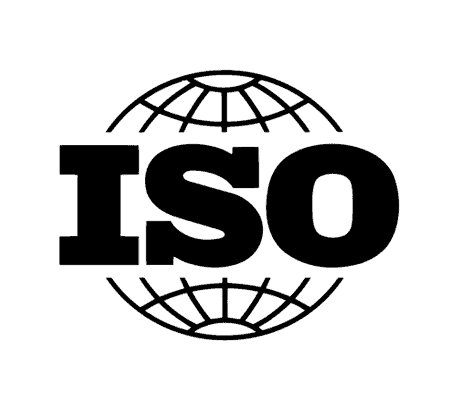
Nonverbal communication is a crucial aspect that shapes perceptions, establishes connections, and underpins complex social dynamics.
As sociologist Erving Goffman argued in the 1950s, our daily social interactions resemble a performance on stage, where every gesture, expression, and posture conveys meaning and shapes interpersonal relationships.
Understanding nonverbal communication is critical for organisations, its leaders and HR managers. In today’s digital world, where face-to-face interactions are diminishing, mastering nonverbal cues ensures effective communication. While emails and messages may replace in-person dialogues, the risk of miscommunication increases due to the absence of visual and auditory cues.
Mastering nonverbal cues is particularly significant for organisational leadership, as leaders’ expressions play a vital role in determining the overall business culture. Leaders must use nonverbal communication creatively to encourage positive outcomes, especially within a multicultural and international workforce where nonverbal communication can be culturally specific.
Why nonverbal communication skills are important in remote working
In recent years, various aspects of leadership have increasingly been delivered via digital means such as emails, messaging services, and online platforms, making a deeper understanding of written and nonverbal communication even more important. Although leaders may not always have the opportunity for face-to-face interaction, they can still convey understanding, empathy, and support through the tone, structure, and style of their written communication. Doing this right can lead to stronger connections with both teams and clients.
The anatomy of nonverbal communication
Nonverbal communication includes a wide range of cues such as facial expressions, gestures, posture, and tone of voice. Often used subconsciously, these cues help to convey emotions, emphasise points, and underline intentions and attitudes more vividly than words alone.
Neuroscience research has revealed that people tend to be more receptive to others and their opinions when they feel secure and unthreatened. Acknowledging the other person’s viewpoint can demonstrate that you respect them and their opinion. By understanding the various nuances of nonverbal communication, you can respond effectively to others needs. This will ultimately have a positive impact on employee morale, productivity and the overall culture of the organisation.
Nonverbal communication through the written word
Nonverbal communication is usually associated with face-to-face conversations, where it helps add depth to verbal communication. However, it is also highly relevant in written communication. Even though there are no spoken words or physical presence, written messages can still convey a lot of nonverbal cues.
Tone, for example, can convey emotion, attitude, and intent, whether it’s the expression of gratitude in a thank-you message or the overall choice of words. The sender’s perception can be influenced by their selection of a formal or more casual writing style, giving the recipient mental cues about their professionalism or approachability.
Written communications can so often be misinterpreted so paying close attention to your style of messaging can have a profound impact on the results you achieve.
Unlock the power of nonverbal communication
At UNLOQ, we place emphasis on nonverbal communication training for leaders, ensuring they can read between the lines and facilitate meaningful interactions. Our goal is to enable transformations, not just transactions.
Even simple actions, such as smiling in a virtual meeting or using emoticons, help in building rapport. Additionally, engaging participants through polls or chat messages in virtual settings can ensure active participation and acknowledgment of their presence. There are numerous hints and tips we can give you that will make all the difference in how your communications are received.
Mastering non-verbal communication bridges the gap left by digital interactions, fostering a more connected and understanding workplace.
Feel free to contact us to learn more about our work and to discuss how UNLOQ can help develop your nonverbal communication style and approach.

Continue to professionalize and optimize
In addition to the continued development of our UNLOQ Campus coaching platform, we also accelerated the ISO 27001 certification process. This process had already started in 2019 and was aimed at improving our internal processes and increasing the security of customer information. Especially at a time when more and more work is done online and remotely, it is a challenge to ensure maximum confidentiality of information. Obtaining the ISO certificate is not easy; as an organization you have to comply with no less than 96 standards. In 2020, we secured our first certification. In 2023, we passed another 3-year audit which means we are now ISO 27001:2022 certified! This makes us one of the few (international) L&D organizations with this latest version of ISO 27001.




